MCC 1st crowdfunding campaign is now closed and finished! We finally managed to reach 12136$, almost 25% of our Goal, in 3 months. It will extremely helpful for the next steps of the project.
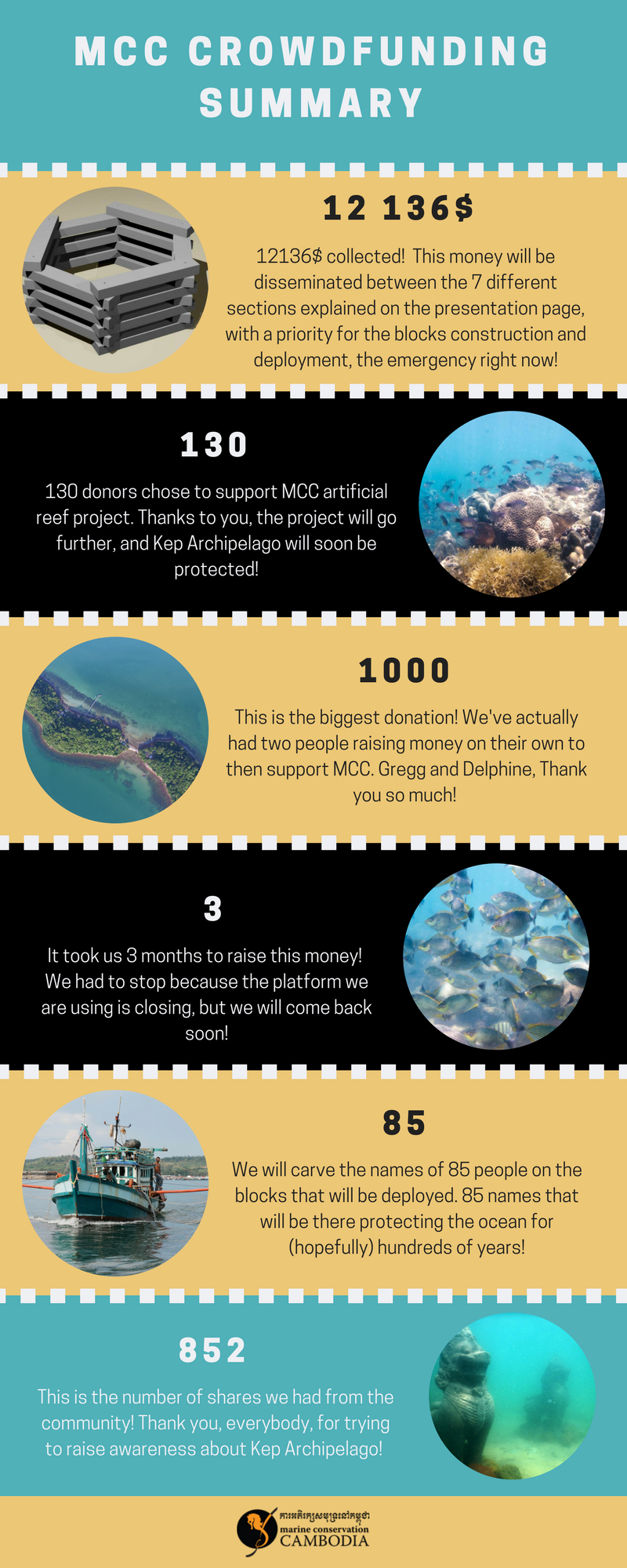
MCC 1st crowdfunding campaign is now closed and finished! We finally managed to reach 12136$, almost 25% of our Goal, in 3 months. It will extremely helpful for the next steps of the project.
This is what Delphine, an ex-MCC volunteer did to support us and our crowdfunding campaign! She decided to bike a symbolic 250km, to raise money and attention to MCC project! She finally managed to raise 1000$ (and went over the 500 pounds original target), and became today our biggest donor!
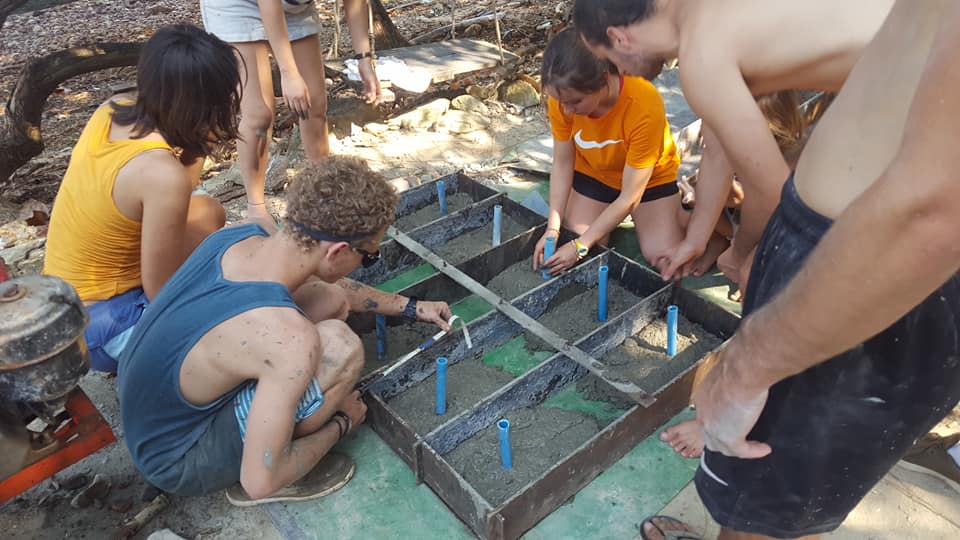
Like we explained last week, the MFMA is now signed, allowing us to start the deployment of the artificial reefs. MCC staff and volunteers are now on board to build the 987 concrete blocks that we will need in the next months.
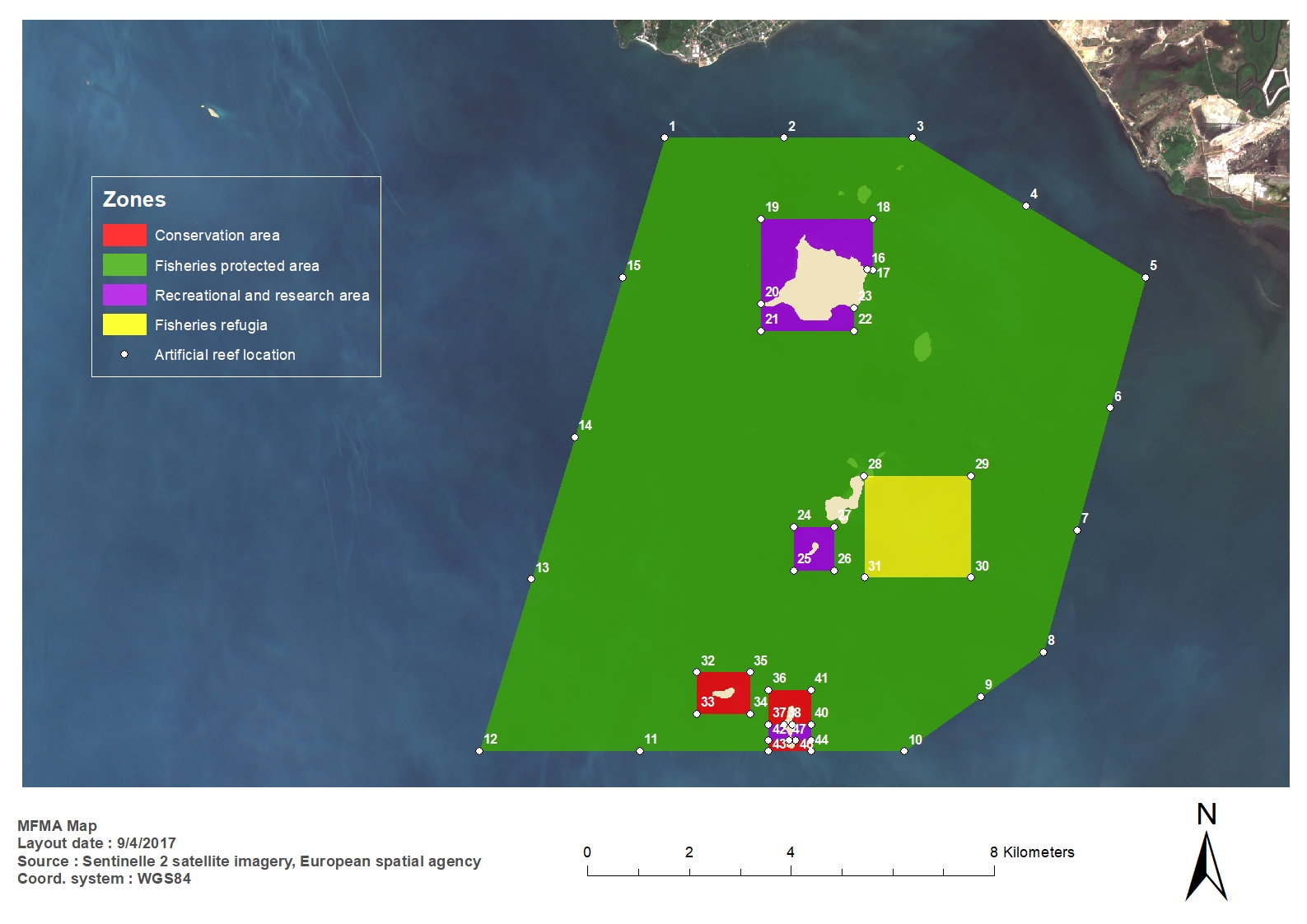
In January, the 2nd MFMA of Cambodia was provincially signed, allowing us to start deploying our conservation and anti-trawling
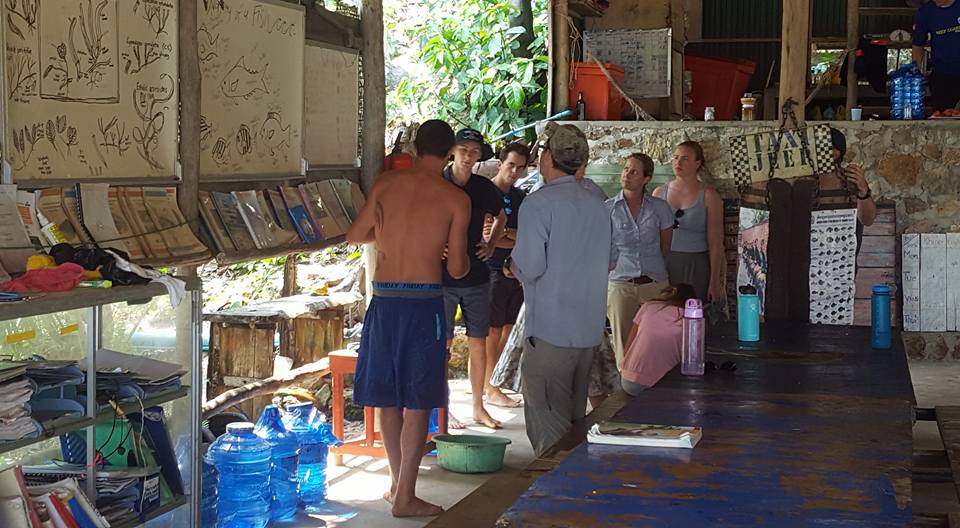
This saturday was a new opportunity for MCC crew to show its actions and projects to the world! We had the chance to receive the visit of 9 students from Charles Sturt University, in Australia. The group was composed of bachelor and master students in ecology and biology with a lot of different backgrounds. The visit was part of their tour of Cambodia, which had one goal, meet different NGOs acting on the environmental field to understand a bit better the overall non governmental action in the country.
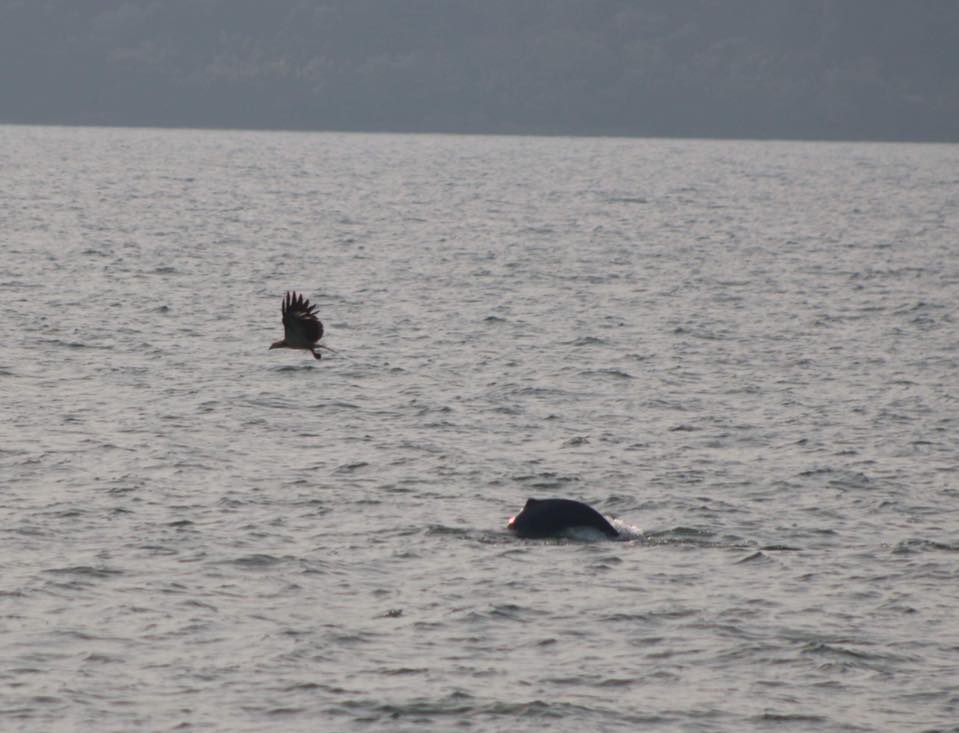
Congratulation to our Dolphin research team here at MCC!
Cambodia’s First Peer-Reviewed Scientific Journal (Edition December 2017) has published an article by our team leader, Sarah Tubbs, on her marine mammals research program. This project began in September 2017, and so far we know that the Archipelago supports a population of Irrawaddy dolphins, with neighboring waters being home to the Indo-Pacific humpbacked dolphin, finless porpoise, and the dugong. This research is primarily focused on collecting data to define and protect critical habitats for these species. It is therefore directly linked with the artificial reef project we are trying to finance through our crowdfunding because these species are threatened by the illegal trawling we aim at stopping.
Take a moment to read this article! A few clicks away and you can download the December Edition PDF and read the article on page 140. You can read the text below or Follow this link to the Journal:
Read or Download the Article here

Cambodian Dolphin Project
“The Irrawaddy dolphin Orcaella brevirostris is distributed in coastal waters, rivers, estuaries and lakes throughout Southeast Asia. The species is one of 11 marine mammal species found in Cambodia’s seas, and like other ceta- ceans, faces a range of threats including mortality due to bycatch, habitat degradation and direct catch for aquaria. These threats are worsened by the proximity of the species to land. The Irrawaddy dolphin currently has a globally declining population and is considered Endangered by the IUCN Red List of Threatened Species, which makes it imperative to act quickly if the species is to survive in coming decades. While all cetacean species in Cambodia were protected by a Royal Decree in 2006, baseline data are much needed to strengthen implemen- tation of existing laws through the creation of tailored conservation management strategies.
To this end, the Cambodian Dolphin Project was launched in September 2017. The initiative was estab- lished by Marine Conservation Cambodia, an NGO based in the Kep Archipelago in southern Cambodia, with help from the DMAD Marine Mammals Research Association, a Turkish NGO. The project is working in close collabora- tion with the Dolphin Division of the Cambodia’s Fish- eries Administration and will operate for 18 months. Its initial aims are to investigate the abundance, distribu- tion and residency pa erns of the Irrawaddy dolphin to facilitate identification and delineation of critical habitats for the species within the Kep Archipelago. Data on all marine mammal species encountered during the study will also be recorded.
Data generated by the project will ultimately be used to inform fisheries policy, providing a first step towards effective conservation of cetaceans and their ecosystems in Cambodia. As the project expands in future, it will utilize passive acoustic monitoring techniques, aerial surveys, and create a shared online photo-identification catalogue.
Sarah TUBBS (Marine Conservation Cambodia, DMAD Marine Mammals Research Association, Turkey) & Lucie BENNETT (Marine Conservation Cambodia).
Cambodian Journal of Natural History 2017 (2) 140–141″
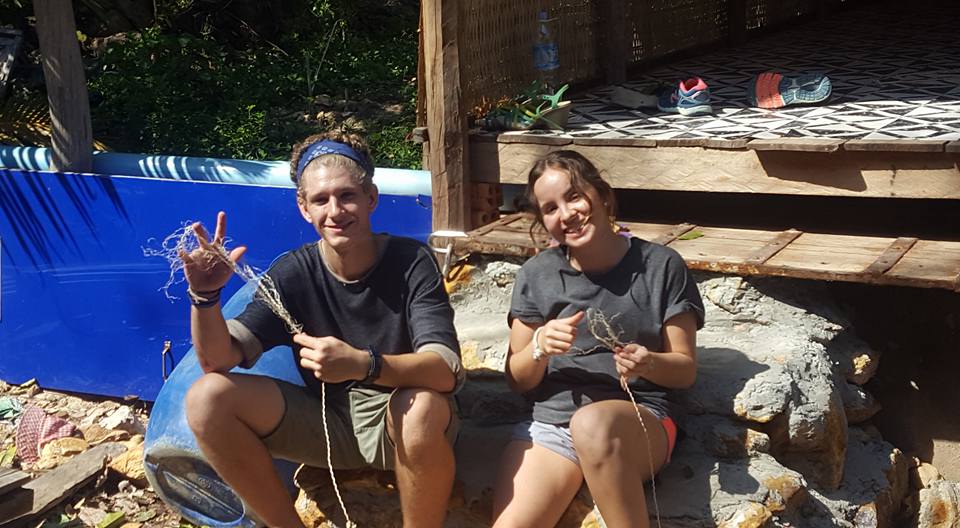
MCC is working with Dr Jean-Michel Chacornac, a french specialist of artificial reefs and fish aggregation structures. Luckily for us, his second visit on Koh Seh was yesterday, and it was for a very special purpose ; teach us how to build a floating bamboo cluster. This incredibly simple structure has one principal purpose, bring back fish around our reef. It’s only made from Bamboo and rope, which makes it easy to replicate, and to build.
The objective of the workshop was, in 2 days, to teach us how to assemble it, deploy it, and monitor it. That was a complete success. This was also a good opportunity for our new volunteers to help us, hands on deck, and start to understand what Marine conservation can look like !
Here are a few pictures of those three days, as well as some explanation of the work we’ve done !
DAY 1
Under the supervision of Jean-Michel, every team started the building of the pilote structure. The Bamboo floating cluster is a really simple structure. You need to create a triangle made of 6 6m long straight pieces of bamboo. Every side of the triangle is made of 2 pieces attached with each other. Once the triangle is created, you need to vertically attach weighted frayed rope to it, which recreates the verticality of a pier, attracting different types and species of fishes.
We then split in 3 different teams : One fraying all sizes of ropes, one attaching the bamboo all together, and one preparing the frayed rope to be attached on the final structure.

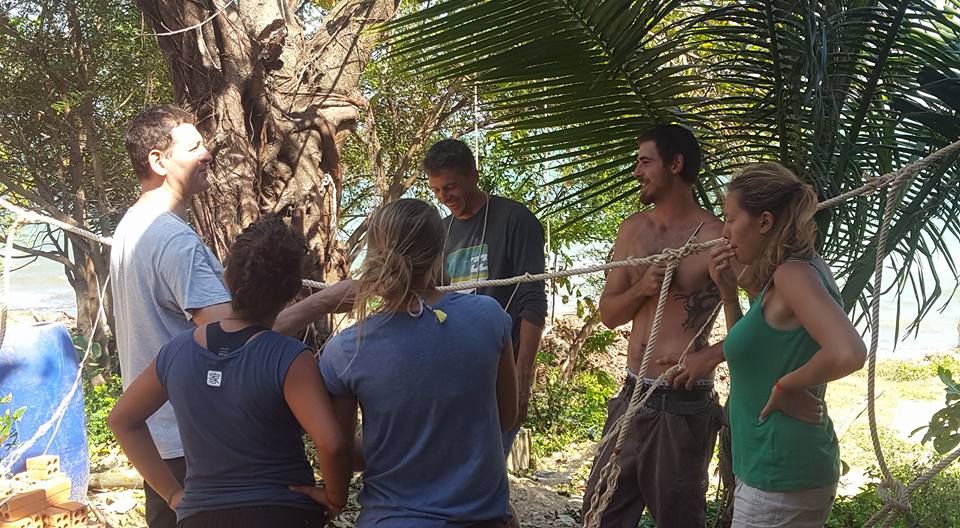
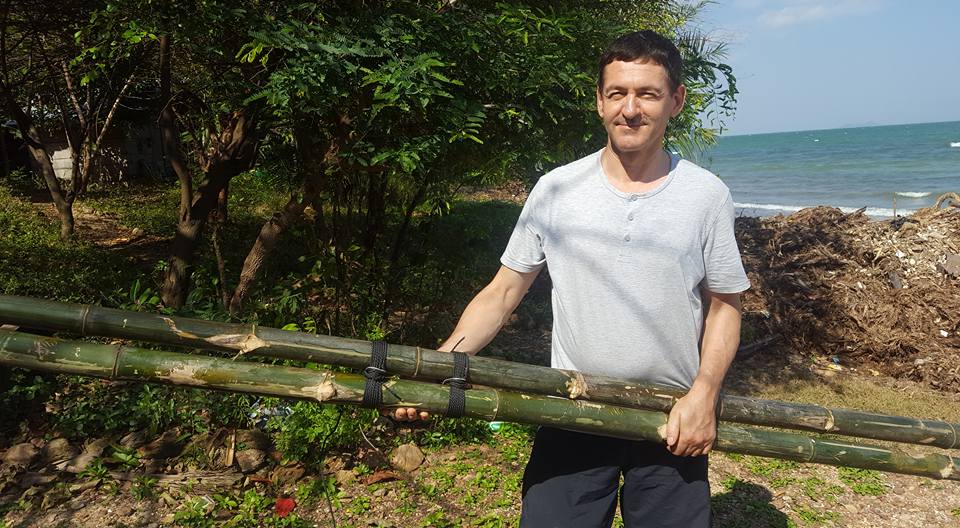
DAY 2
After a small presentation of Jean-Michel work, volunteers and staff came back at building. We had all the pieces of the puzzle ready to be assembled, we just had to follow Jean-michel wise instructions. In one day, we were able to assemble all of it, and test it in the water before deploying, planned to the next morning.
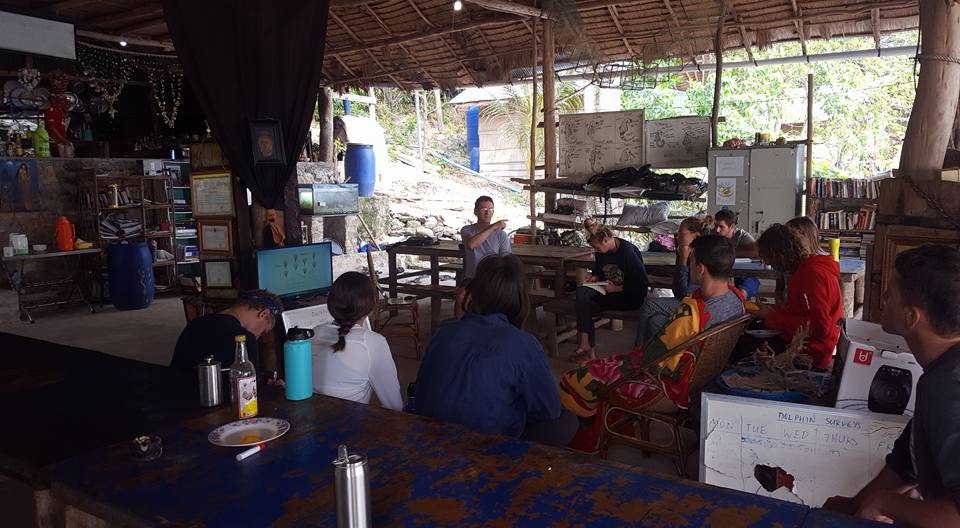
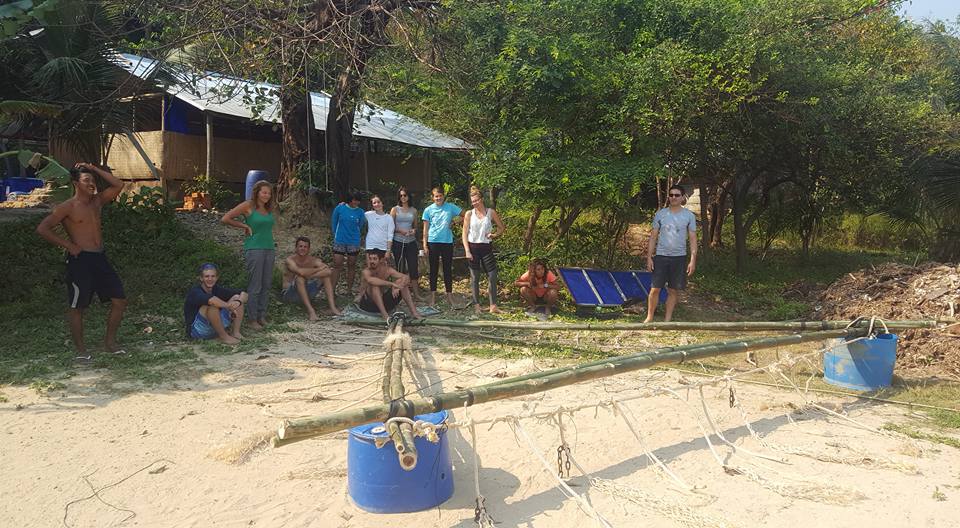
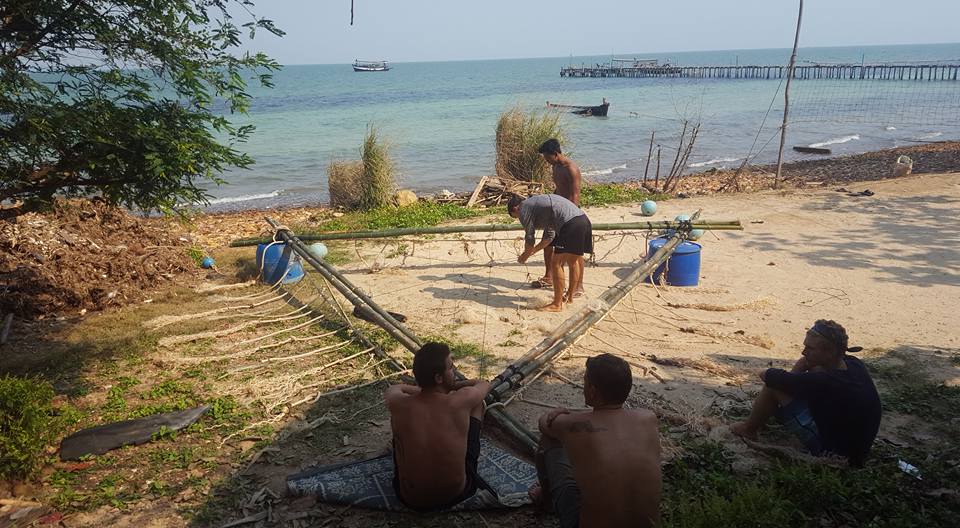

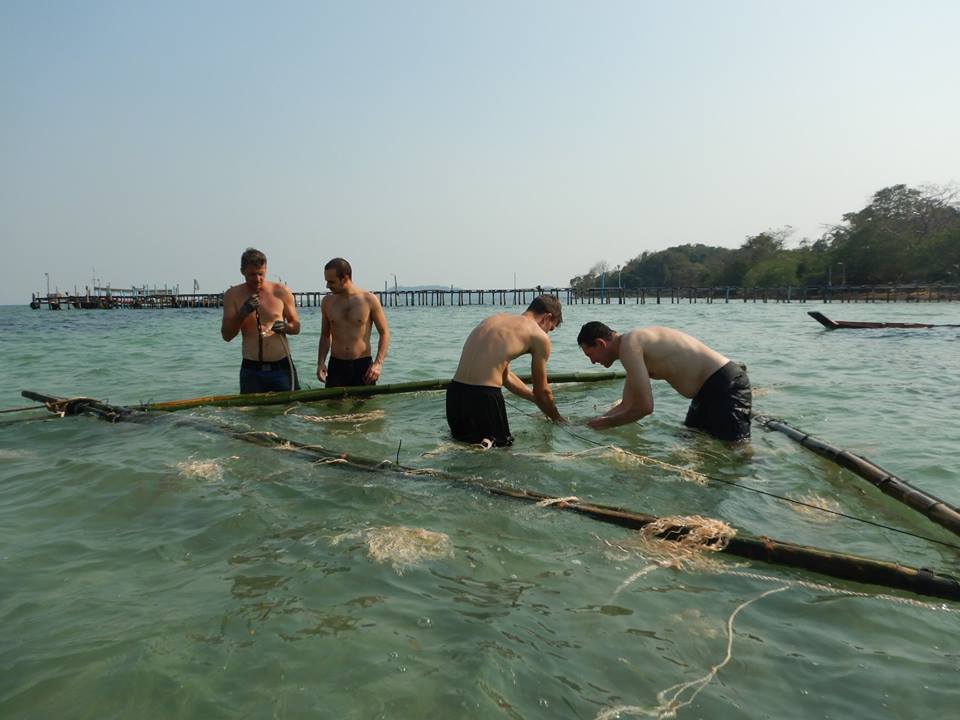
DEPLOYING
As planned, we were able to deploy it the next morning. The cluster is attached with a long rope to 2 of our artificial reefs concrete blocks. This setup allows the structure to move in circle, covering a wider distance. The length of the rope can be easily modified, depending how you want it to move.
The deployment part needed three divers. They bring the structure out from the shore, attach it to the boat, to reach the established location. The 2 concrete blocks were dropped from the boat, and marked with a buoy to be found by the divers. After that, the main job of the divers was to secure the attaching of the all cluster to the concrete block, and prevent the entanglment of the frayed ropes
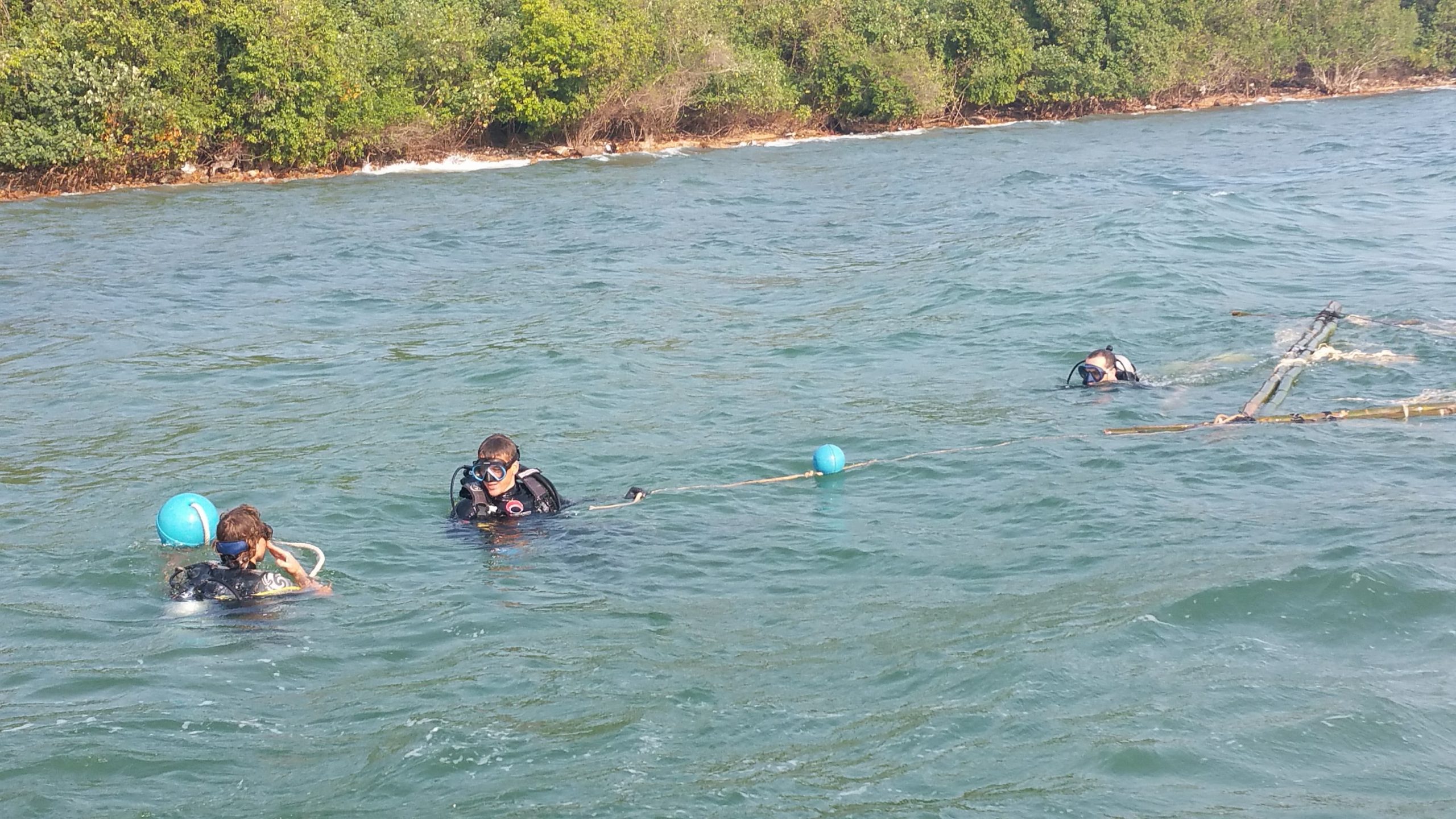
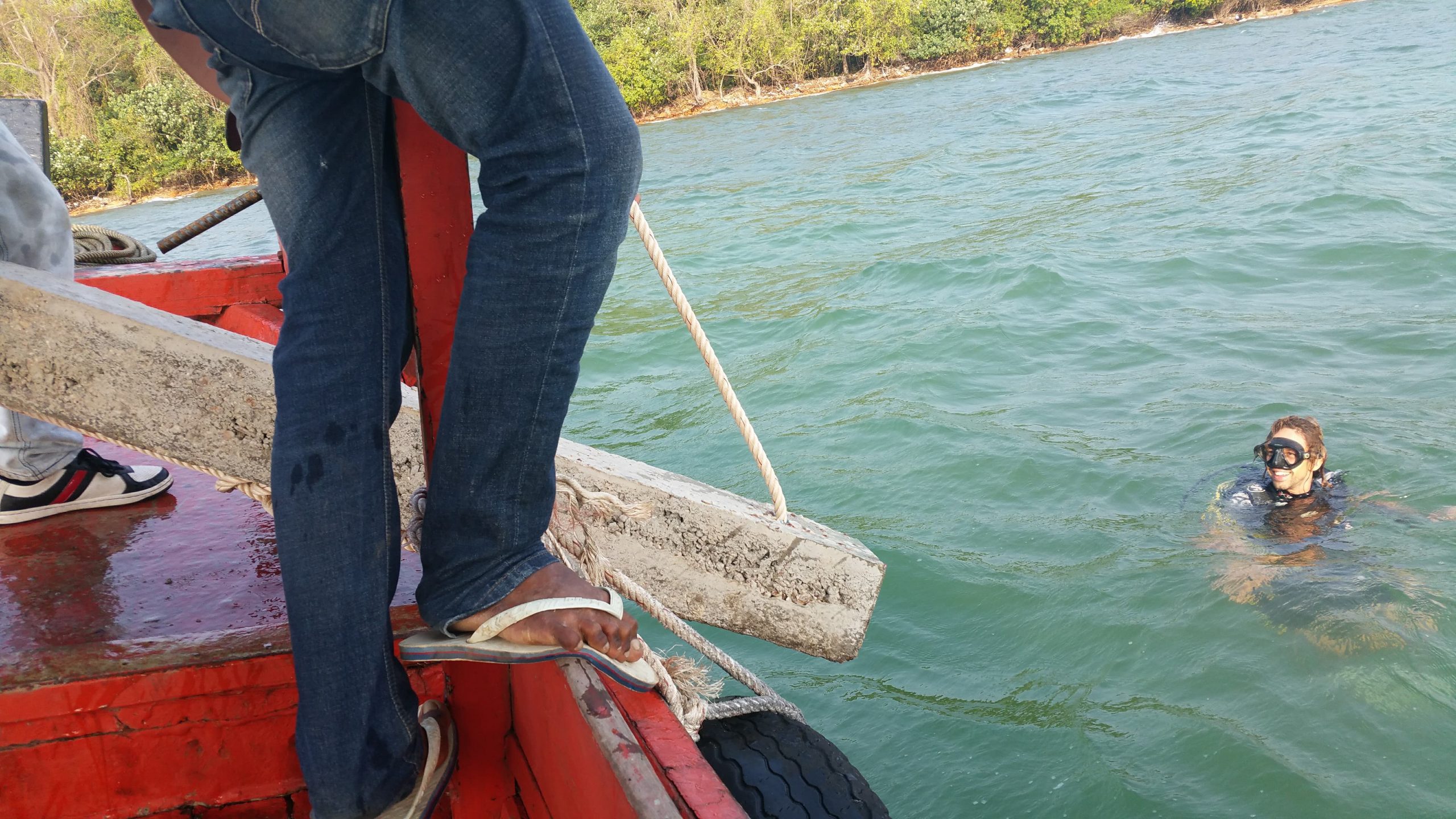
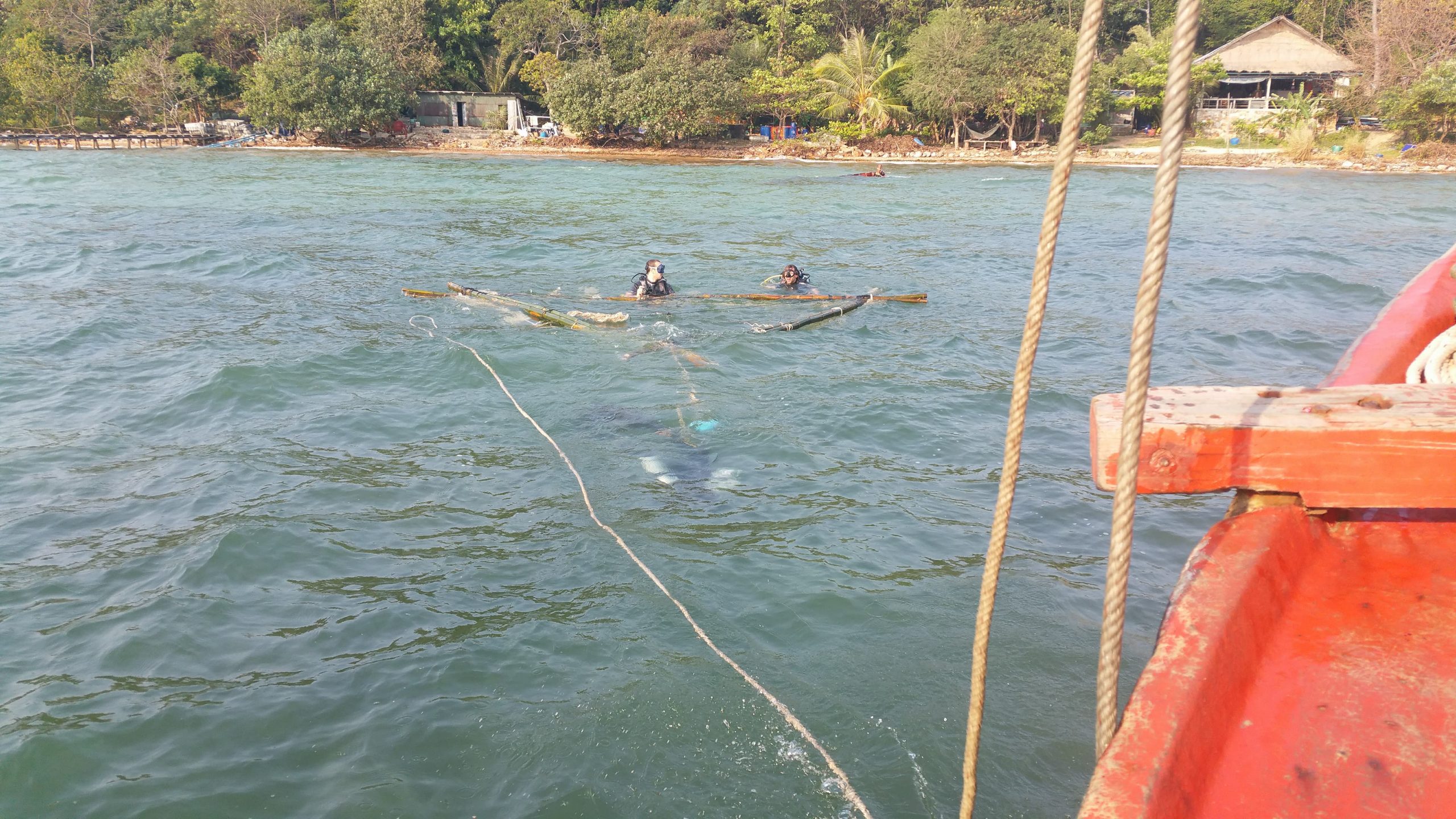
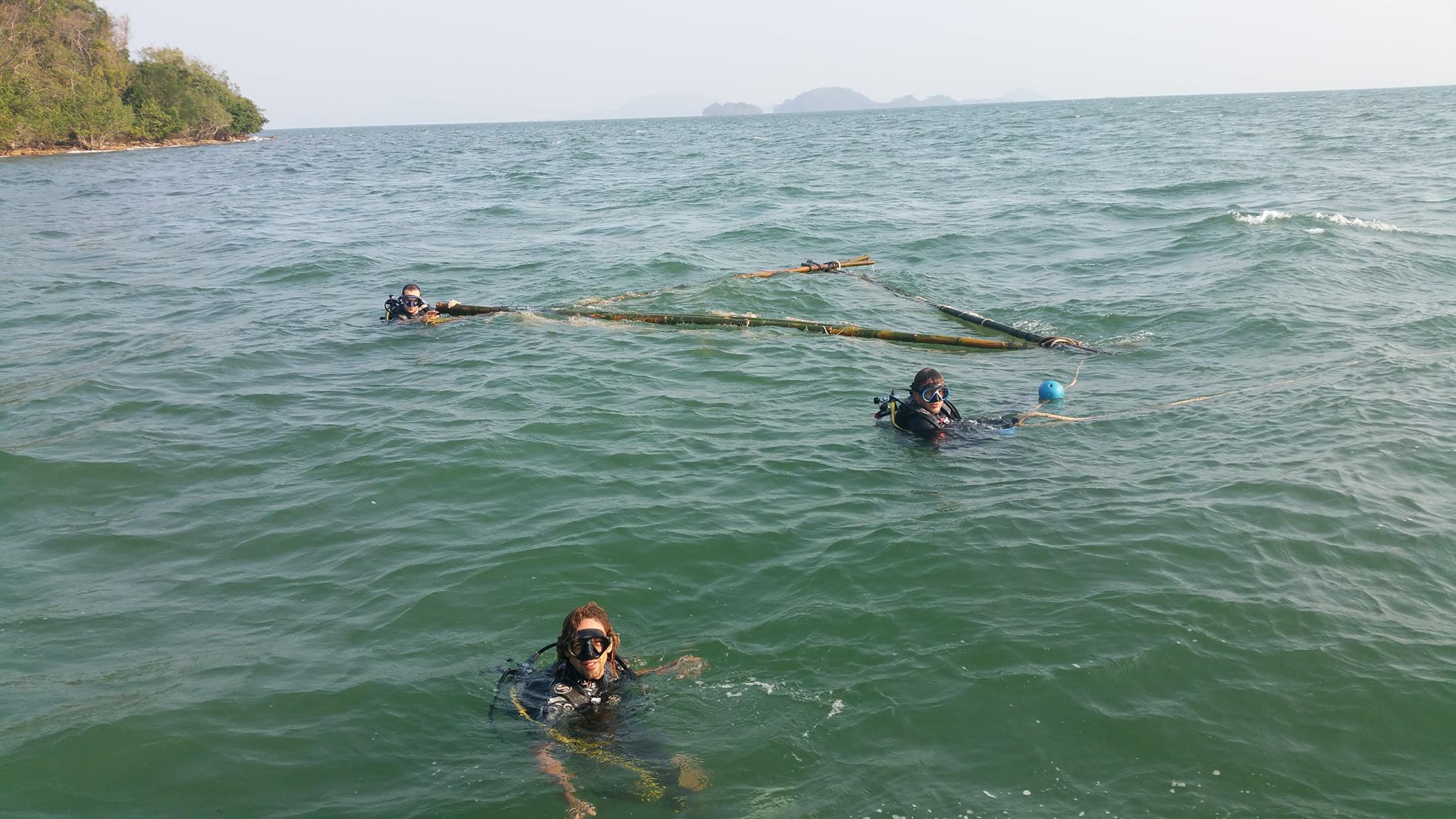
WHAT’S NEXT ?
We hope this structure is the first of many other one. Now that we deployed it, we will start to monitor it and try to understand how the fish and the ecosystem interact with it. This is very exciting for us, and we hope to deploy another one in the next few weeks ! We really want to say a big thank you to Dr Jean-Michel Chacornac for his teaching and help, and also to the volunteers that gave the best of themselves.
If you need more information on the Floating cluster concept, don’t hesitate to send us an email, or to contact us on faceboook.
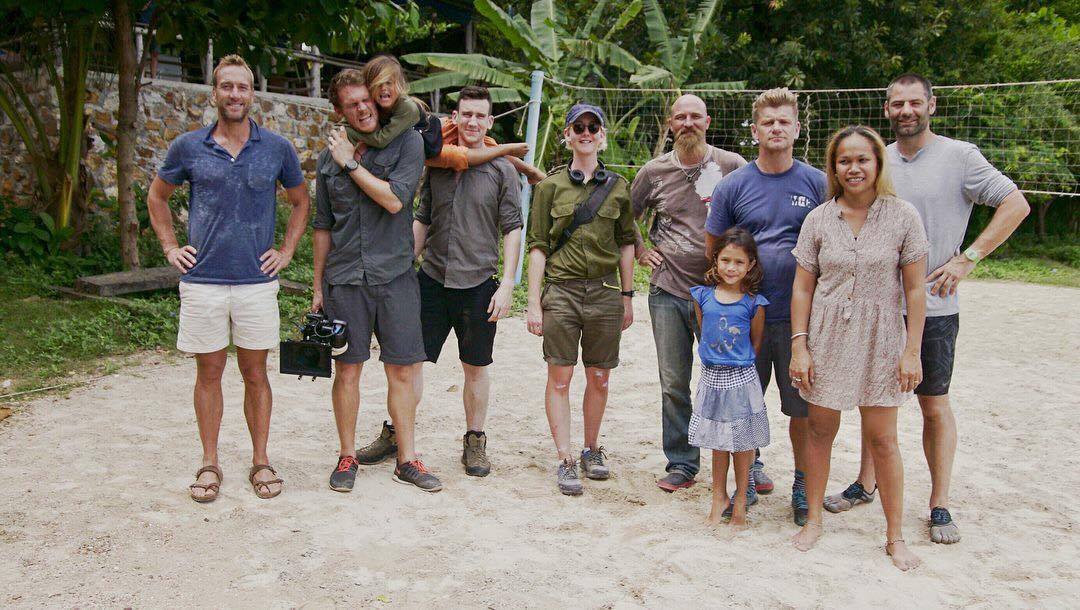

We had the Pleasure of Hosting Ben on the Island for 1 week, here is the Trailer for the show, see the link below to see the whole show. It was a great week, and we send out a big big thank you to the whole crew for a wonderful time.
{yendifplayer videoid=75}
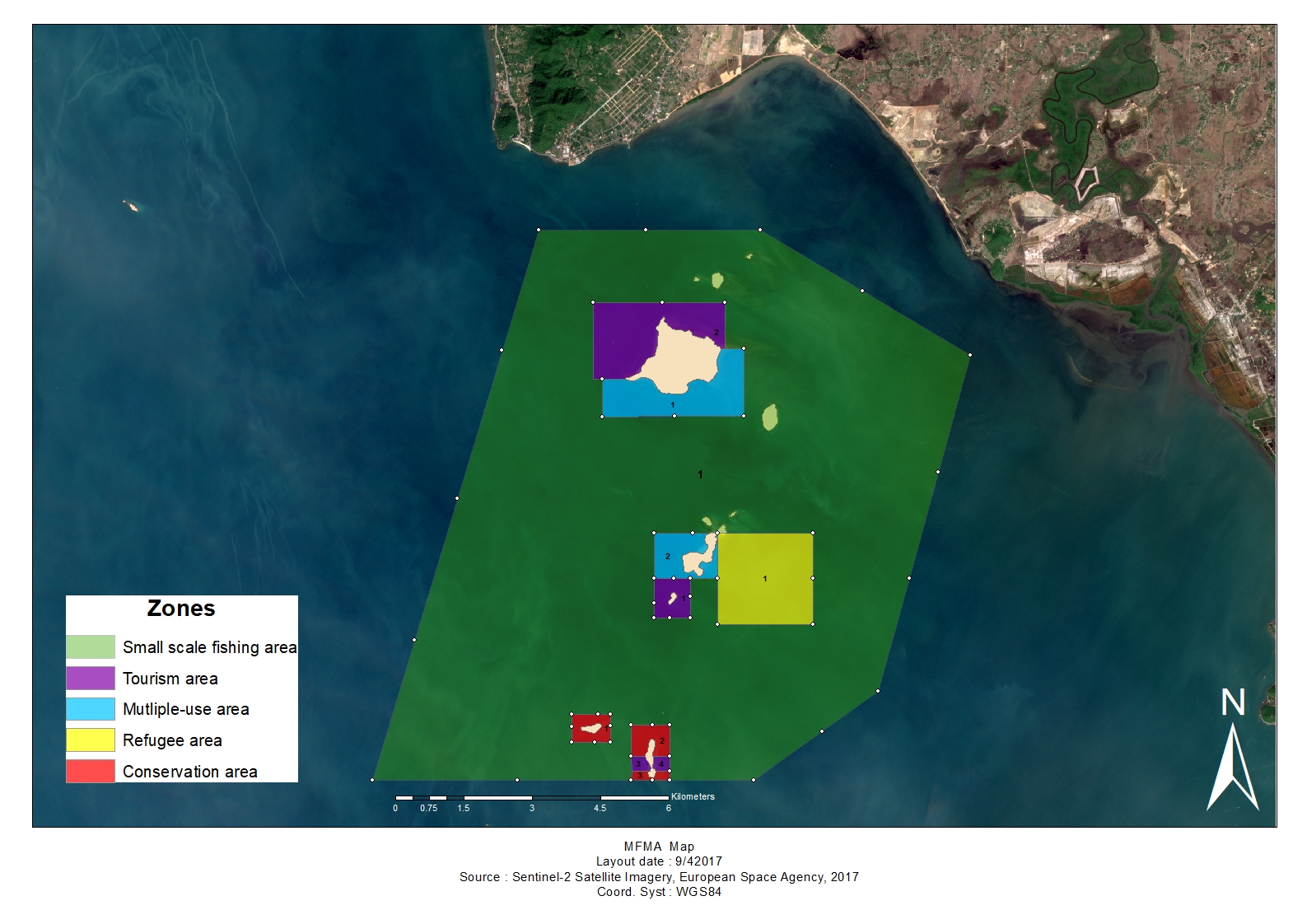
After three years of work, including the creation of marine survey baseline reports, a continued monitoring program, mapping of essential habits such as Seagrass, coral reef and the benthic areas of connectivity between, and a full year of provincial and community consultations, a final map is now in the process of agreement, awaiting the final signatures to put in place Cambodia’s Second MFMA.
We are proud to present Kep archipelago’s MFMA encompassing around 10,000 hectares and creating two very much needed conservation areas.

{yendifplayer videoid=50}